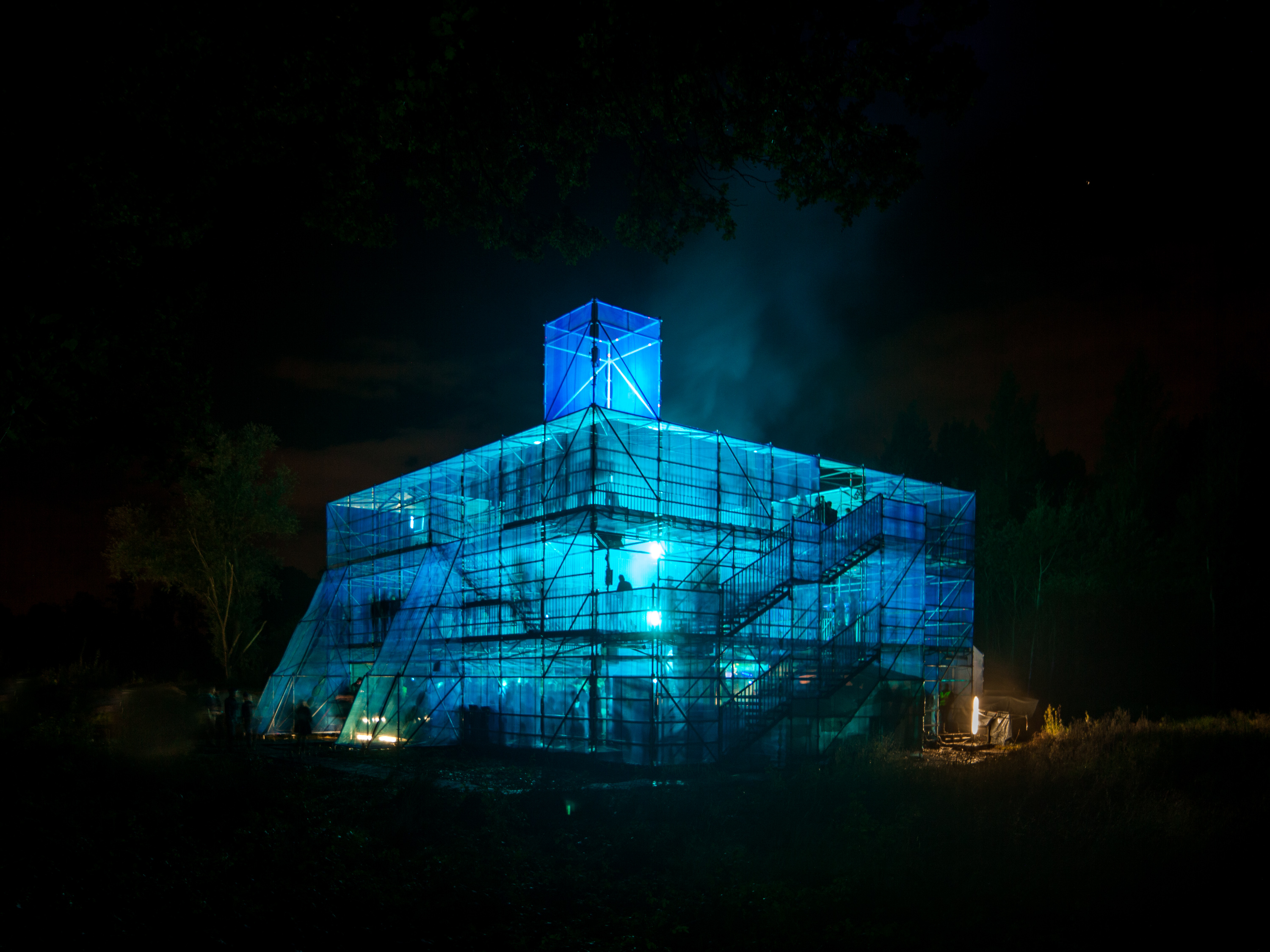Mastering the Art of Micro Festivals: 3 learnings to take forward

Author: Ed Lloyd, Creative Strategist at Seed Marketing
With Coachella under scrutiny for everything ranging from technical issues to affordability, influencer saturation to less than enthused crowds – so much so that it’s been labelled as “in its flop era” – while the average age of a Glasto headliner is 45 (up from 26 in 1997), it’s clear that festival giants are experiencing growing pains.
From programming to price hikes, these once zeniths of music culture appear to be struggling to strike a chord with today’s youth.
Yet what’s a growing pain for them, has been a death sentence for much of the middle ground. Medium-sized festivals that can’t match the giants’ hype or breadth of line-up are under threat of extinction. In the UK alone, 36 festivals either folded entirely or were postponed last year.
For those seeking a weekend of musical inspiration, revelry or simply a spot of hedonism, is it simply a case of go big or go stay home?
Fortunately, a secret third thing is picking up momentum among music lovers – go niche.
Enter micro festivals…
Generally defined as anything smaller than 3,000, with some definitions stretching up to 20,000, the true way to define a microfestival – as is the case with so many things these days – is through vibe.
Counterintuitively, these micro festivals are weathering the storm of a rapidly shifting culture by building tall rather than wide and are seeing a boom in interest among youth audiences because of it.
Perhaps when living today feels like being on TikTok – bouncing from one extreme attempt to grab our attention to another – what audiences really crave is actually a deeper, less frenetic and more immersive experience akin to reading a book?
In going niche rather than mass, these festivals are a diverse bunch, with rich, unique imagined worlds and ethos. From Horst Arts and Music’s experimental blend of art, architecture and music, to We Out Here’s dedication to joining the dots between jazz, hip hop and house and Field Maneuvers’ no-frills rave.
Micro festivals offer brands a chance to reach truly immersed audiences. But how can they overcome the challenge of showing up in spaces defined by intimacy, authenticity and anti-commercialism?
1) Reframe your objectives
More than just an opportunity to reach people, micro festivals should be seen as an opportunity to connect with a rich IP. In other words, see them as a collaboration partner, not a location.
What this looks like done right: Leading Dutch electronic festival Dekmantel’s 7-year-long collaboration with Patta. Comprising yearly collaborative merch drops and vinyl releases alongside their festival presence, Patta understood that Dekmantel was so much more than a weekend to its loyal crowd of ravers.
2) Do your own research (lots of it)
Many of these niche festivals have a devout tribe, a unique ethos and a carefully curated vibe. You need to know these inside out in order to both choose the right partner and actually add something to the experience that won’t feel out of place.
Don’t bullshit this. As we’re all aware, Gen Z’s radar is too keen to get away with this.
What this looks like done right: Salomon and Bone Soda’s latest endeavour, DIJONSS – a Shoreditch pop-up celebrating new connections and ideas across art, music and sport – collaborating with RALLY, a one-day festival inspired by DIY arts culture and grassroots movements.
3) Decide what you’ll bring to the party
Whether you’re providing a resource to party-goers or co-creating a unique artistic installation, find that sweet spot between audience need, brand truth and festival vibe.
What this looks like done right: The Hennessy Corner stage at We Out Here, where each night a once-in-a-lifetime collaborative performance takes place with a bar serving cocktails inspired by the spirit of fusion. You really had to be there for 2022’s meeting of London jazz collective Steam Down and legendary grime MC D Double E…
In short, for brands looking to develop a deeper connection with music culture, micro festivals offer that opportunity to those willing to match their deep approach to building worlds, breaking convention and embracing the unique ethos of a vibrant community.
Get in touch with Ed directly if you'd like to hear more ed@seedmarketingagency.com